The world beneath the waves holds countless treasures waiting to be discovered by
adventurous souls seeking underwater exploration. From vibrant coral reefs teeming
with marine life to mysterious shipwrecks that tell tales of maritime history, there’s an
underwater adventure perfect for every level of experience.
Whether you’re a certified diver or a casual snorkeler, these 20 destinations offer
some of the most spectacular underwater experiences on the planet.
Great Barrier Reef, Australia
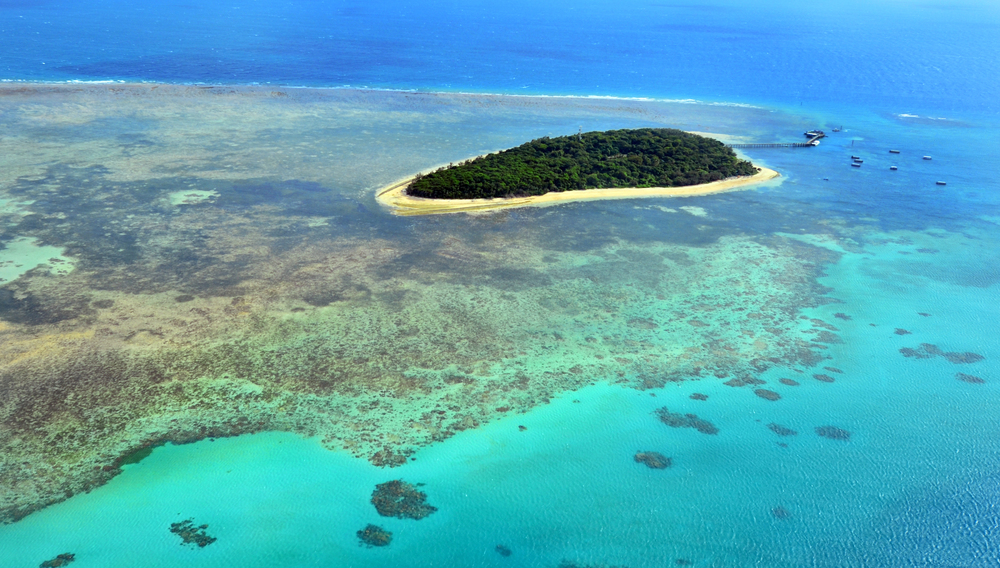
The world’s largest coral reef system spans over 1,429 miles and hosts an incredible
diversity of marine species. Countless varieties of tropical fish dart between the
technicolor coral formations that have evolved over millions of years.
The perfect visibility and comfortable water temperatures make this a year-round destination for beginners and experienced divers.
Blue Hole, Belize
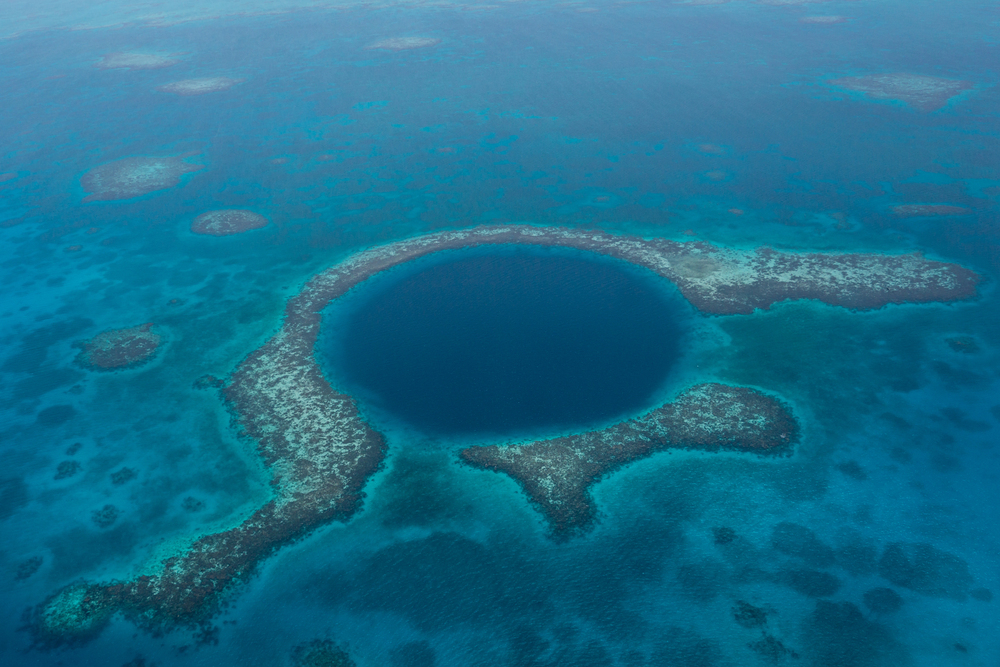
This massive underwater sinkhole plunges 407 feet deep into darkness and mystery.
Ancient stalactites formed during the last ice age create an otherworldly environment
for technical divers to explore.
The surrounding reef system supports abundant marine life, including several species of sharks.
Like Travel Pug’s content? Follow us on MSN.
Silfra Fissure, Iceland
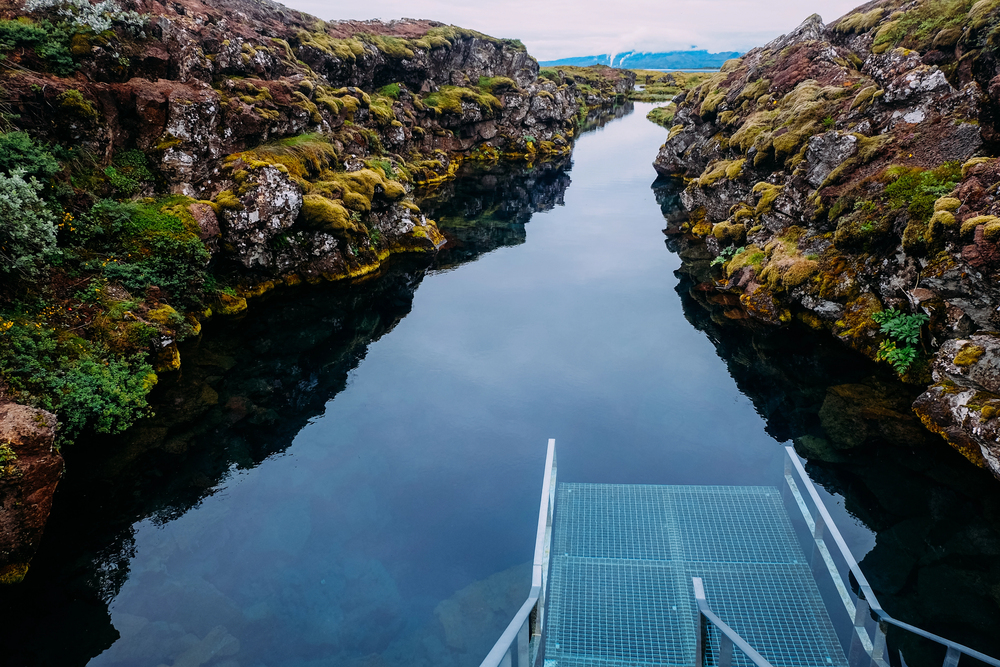
Crystal-clear glacial waters fill this crack between the North American and Eurasian
tectonic plates. The visibility often exceeds 328 feet, allowing divers to touch two
continents simultaneously.
The unique geological formations and pristine waters create an unforgettable diving experience despite the chilly temperatures.
Manta Ray Night Dive, Hawaii
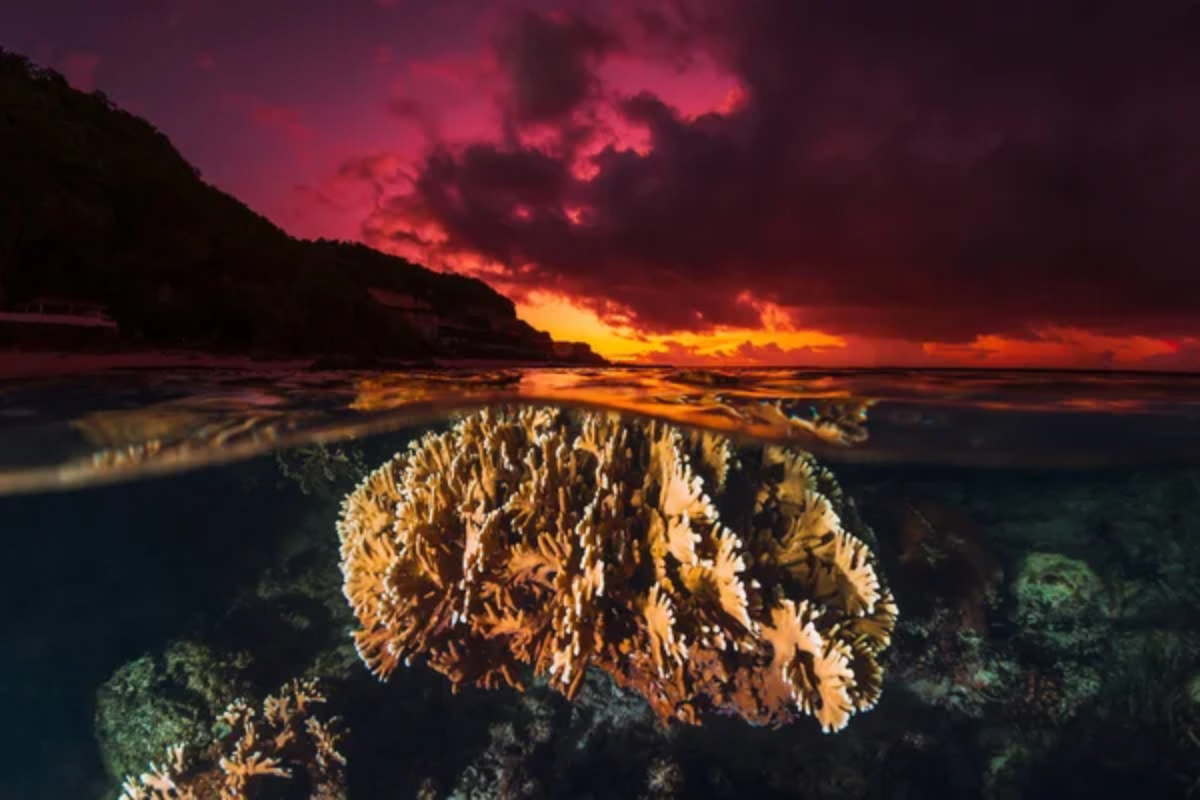
The waters off Kona’s coast become a theatrical stage as manta rays perform their
nocturnal feeding ballet. Powerful lights attract plankton, drawing in dozens of these
gentle giants, which can span up to 16 feet wide.
Watching these graceful creatures glide overhead in the darkness is truly magical.
SS Thistlegorm, Red Sea, Egypt
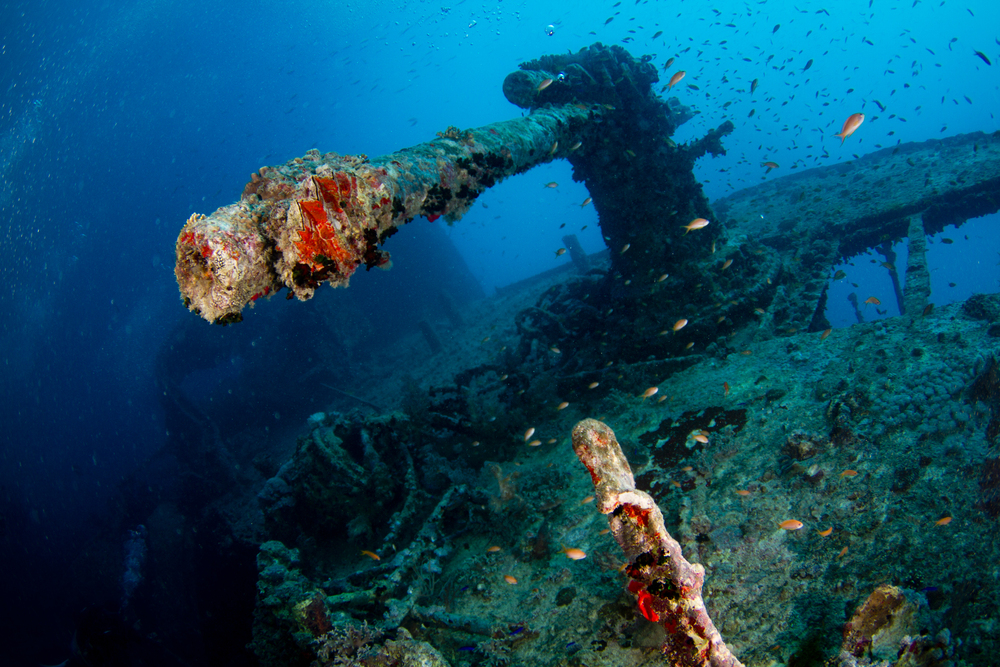
This World War II supply ship rests in the clear waters of the Red Sea, creating an
underwater museum of military history. The cargo holds still contain motorcycles,
trucks, and railway cars frozen in time since 1941.
The wreck’s relatively shallow depth makes it accessible to intermediate divers while offering plenty to explore across multiple dives.
Like Travel Pug’s content? Follow us on MSN.
Jellyfish Lake, Palau
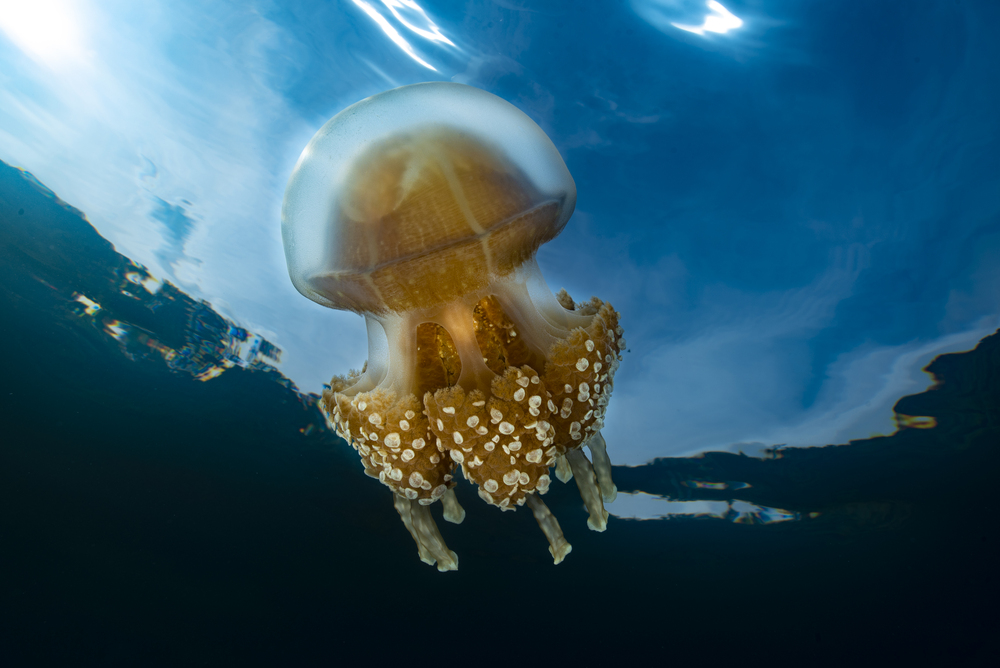
Following the sun’s daily path, millions of golden jellyfish migrate across this isolated
marine lake. These unique creatures have evolved to be stingless, allowing
snorkelers to swim safely among them.
The experience of floating in harmony with these pulsating organisms creates an almost meditative state.
Poor Knights Islands, New Zealand
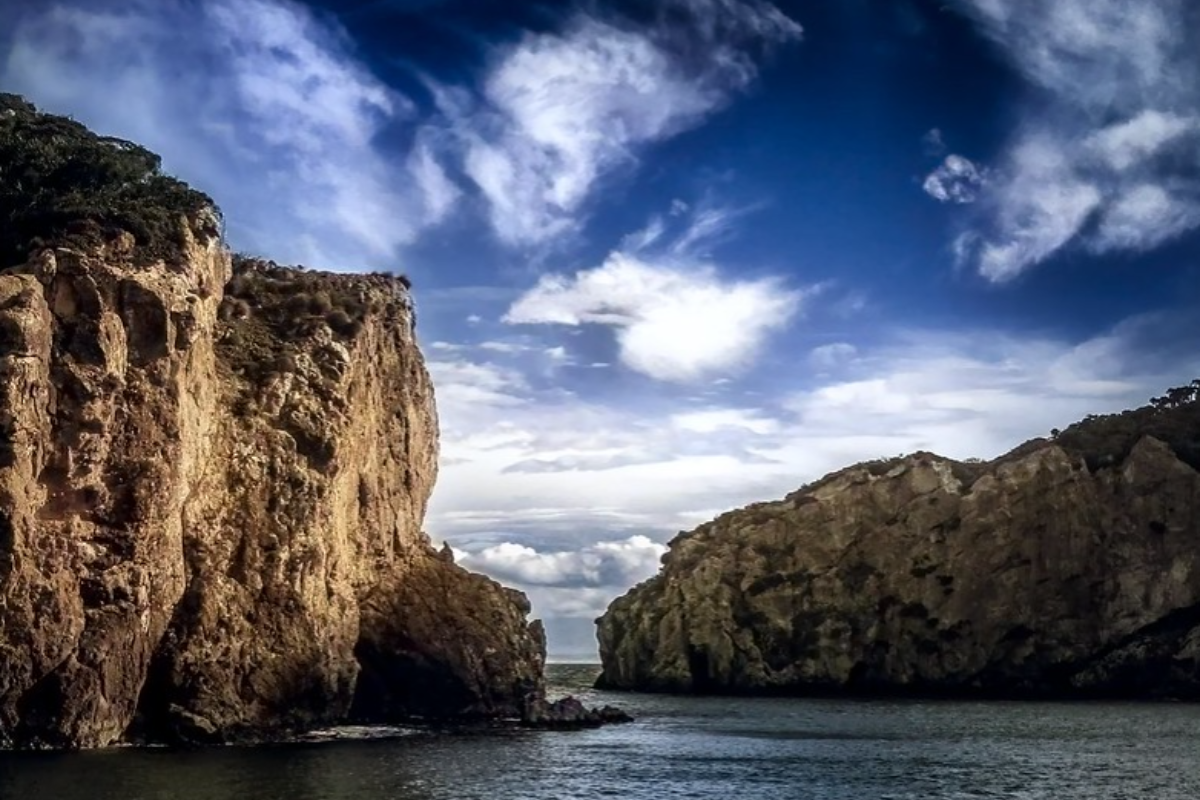
Subtropical currents create a unique environment where temperate and tropical
marine species coexist harmoniously. Vast underwater caves and arches form a
complex system of marine architecture waiting to be explored.
The abundance of fish life and excellent visibility make this a photographer’s paradise.
Cenotes, Mexico
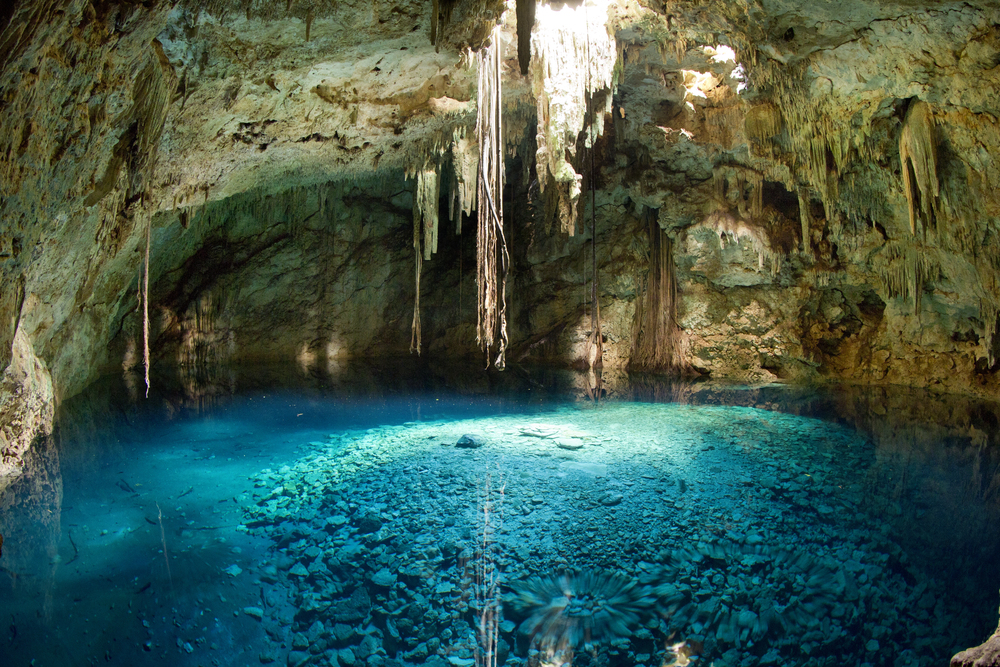
These natural sinkholes in the Yucatan Peninsula offer access to an extensive
underground river system. Ancient Mayans considered these caves sacred gateways
to the underworld, adding cultural significance to their natural beauty.
The crystal- clear freshwater and unique limestone formations create an otherworldly diving experience.
Like Travel Pug’s content? Follow us on MSN.
Sardine Run, South Africa
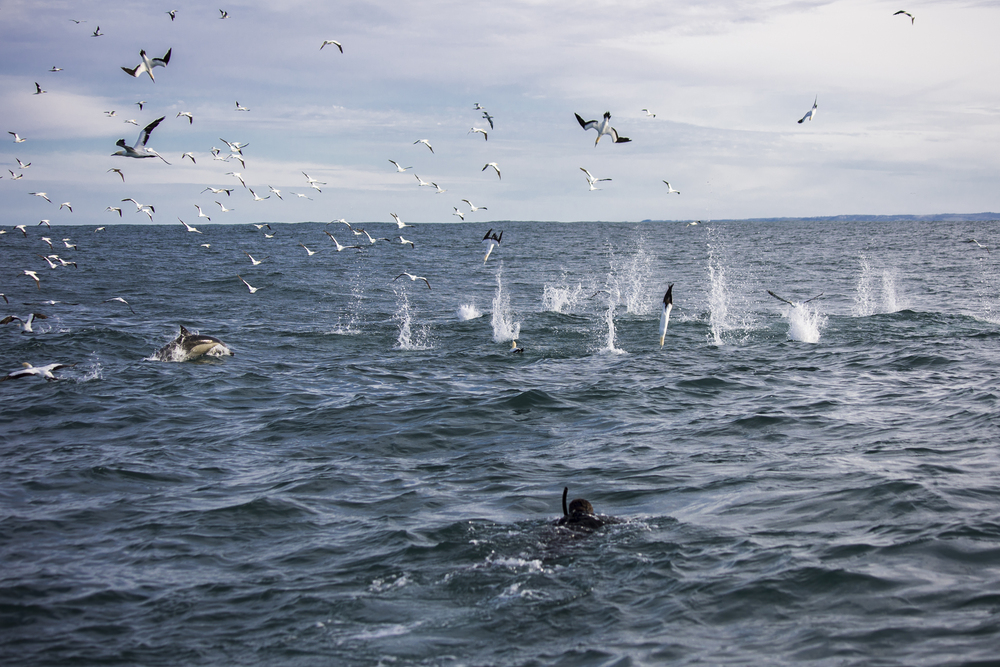
Each year, billions of sardines migrate along the coast, creating one of nature’s most
spectacular feeding frenzies. Dolphins, sharks, whales, and seabirds all converge to
feast on the massive bait balls.
The dynamic action provides photographers with incredible opportunities to capture predator-prey interactions.
Raja Ampat, Indonesia
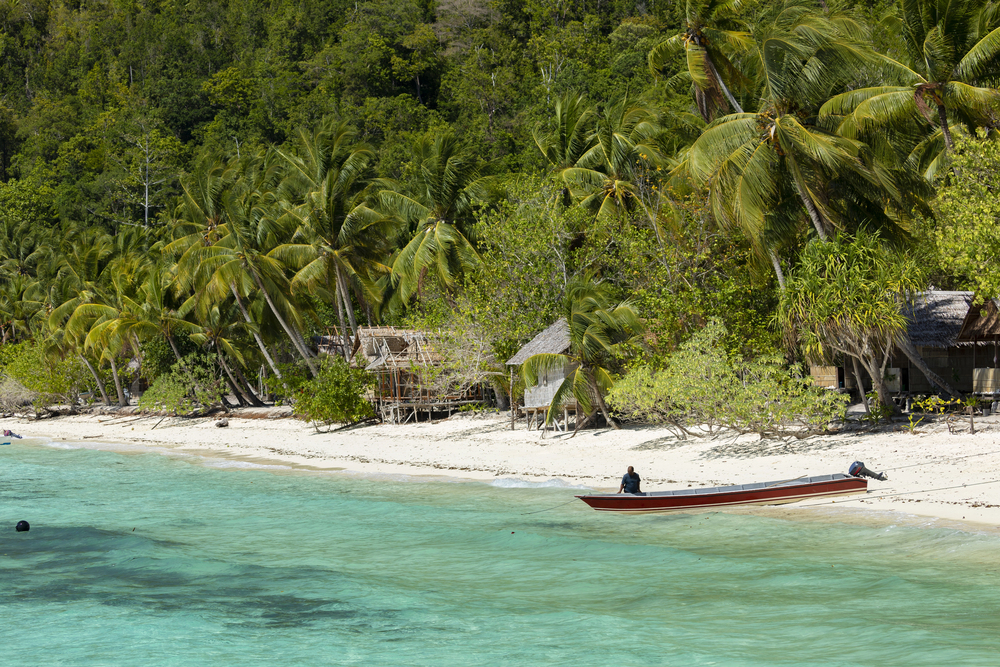
This archipelago sits at the heart of the Coral Triangle, boasting the highest marine
biodiversity on Earth. Pristine reefs support over 1,500 species of fish and 75% of
known coral species.
The remote location has helped preserve these ecosystems in near-perfect condition.
Tubbataha Reefs, Philippines
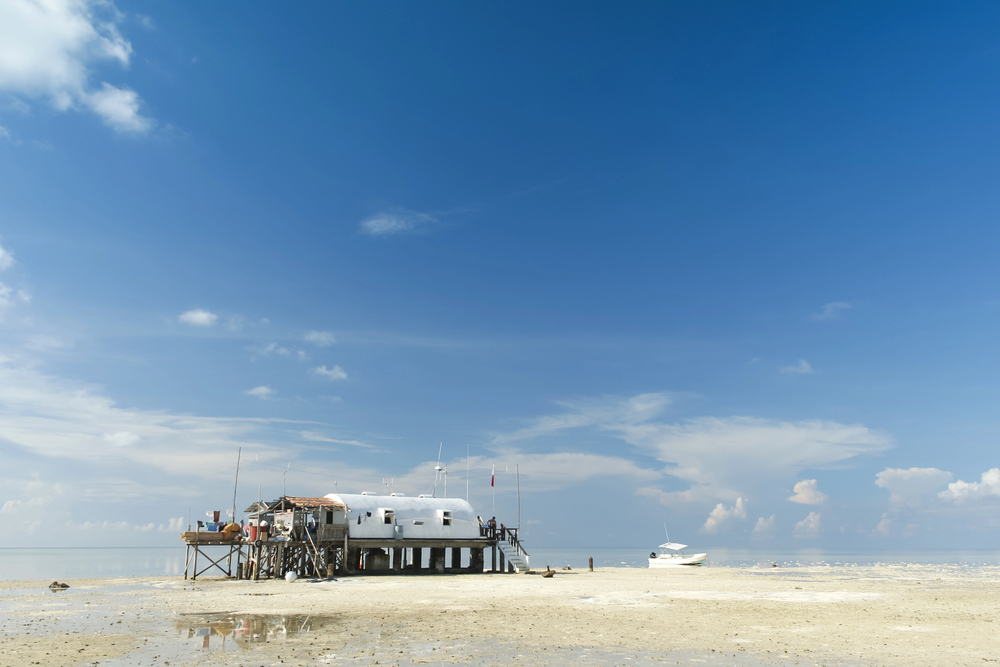
These remote atolls in the Sulu Sea are some of the best-preserved coral reefs in
Southeast Asia. Strong currents provide nutrients that support an incredible variety
of marine life, including numerous shark species.
The limited diving season and strict protection measures help maintain the reefs’ pristine condition.
Like Travel Pug’s content? Follow us on MSN.
Chuuk Lagoon, Micronesia
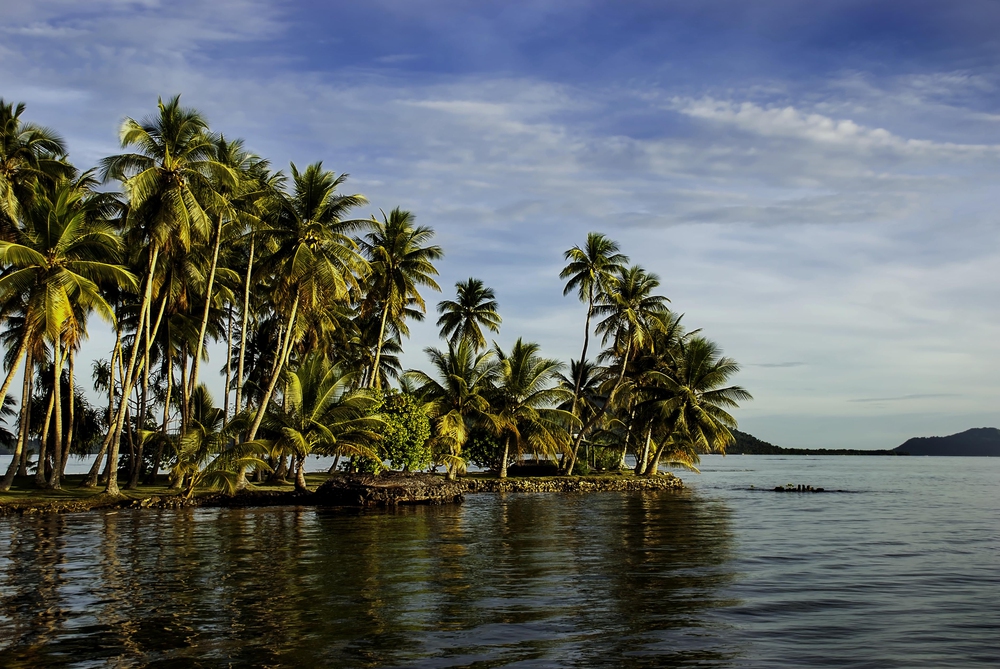
This natural harbor is the final resting place for more than 60 Japanese ships sunk
during World War II. The wrecks have become artificial reefs, supporting rich marine
ecosystems teeming with life.
The variety of depths and wreck sizes offers diving opportunities for divers of all experience levels.
Galapagos Islands, Ecuador
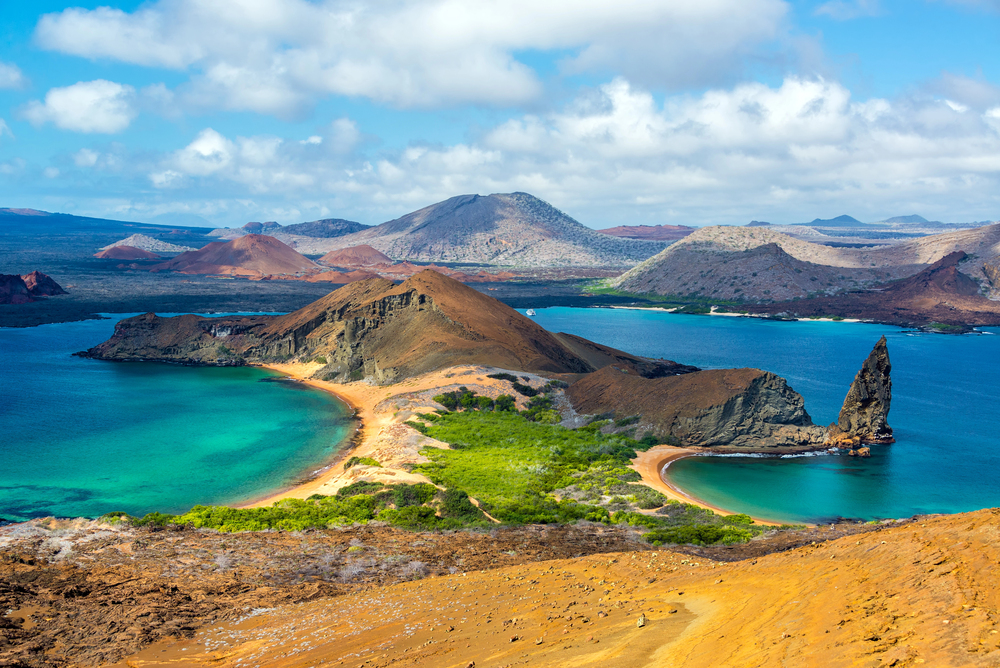
The convergence of oceanic currents creates a unique environment where tropical
and cold-water species thrive together. Marine iguanas, penguins, and hammerhead
sharks share these waters, a testament to their natural adaptation.
The diving conditions can be challenging, but visitors are rewarded with unique wildlife
encounters.
Great White Wall, Fiji
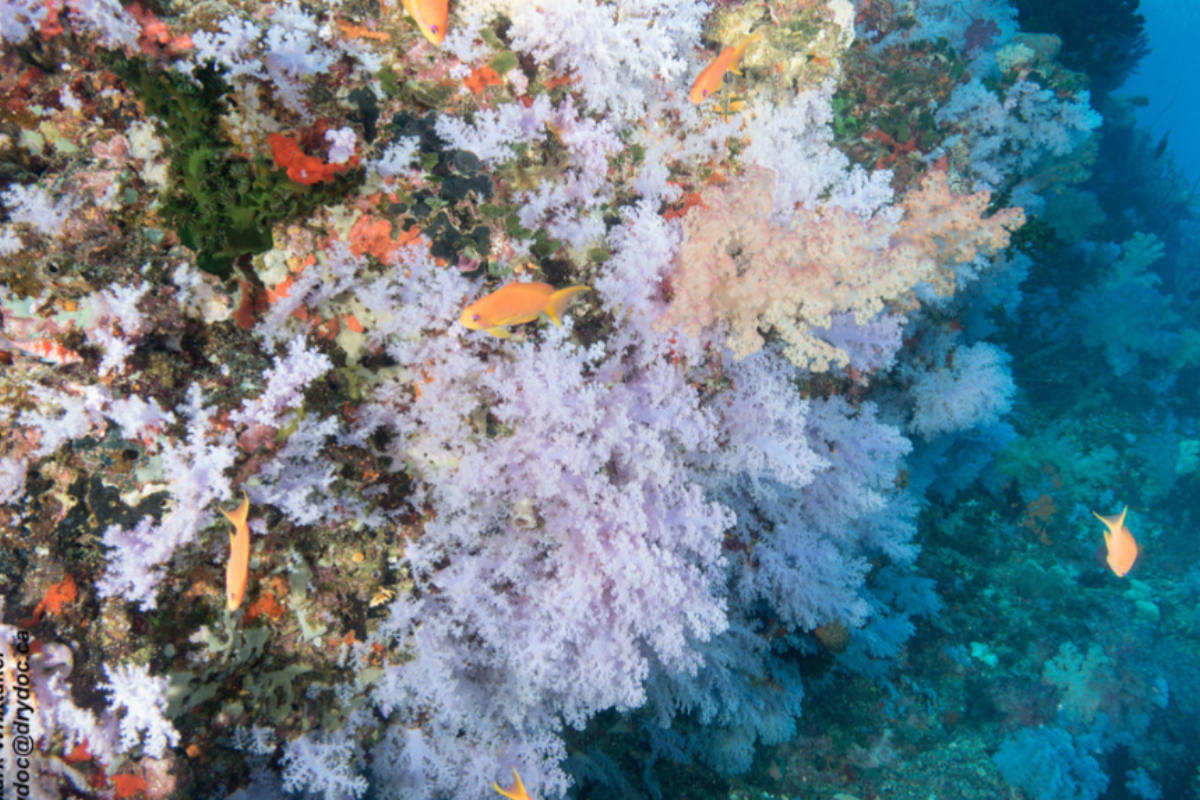
This vertical coral wall appears to glow with an ethereal blue light due to its covering
of soft corals. Strong currents support an abundance of pelagic fish species and
regular shark encounters.
The wall drops into the abyss, creating a sense of floating in space as divers drift along its face.
Like Travel Pug’s content? Follow us on MSN.
Kimbe Bay, Papua New Guinea
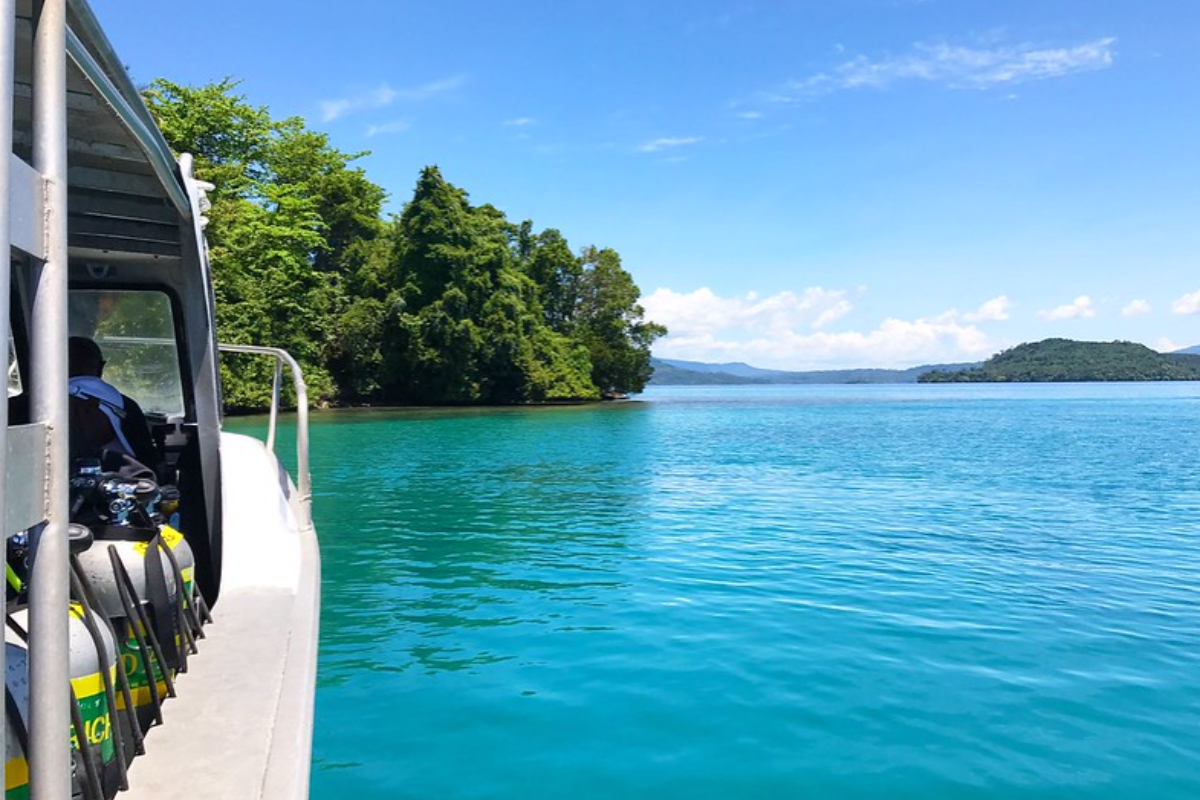
Volcanic activity has created a complex underwater topography perfect for coral reef
development. The reefs support over 900 fish species and 400 varieties of hard
coral.
The remote location ensures minimal human impact and pristine diving conditions.
Banco Chinchorro, Mexico
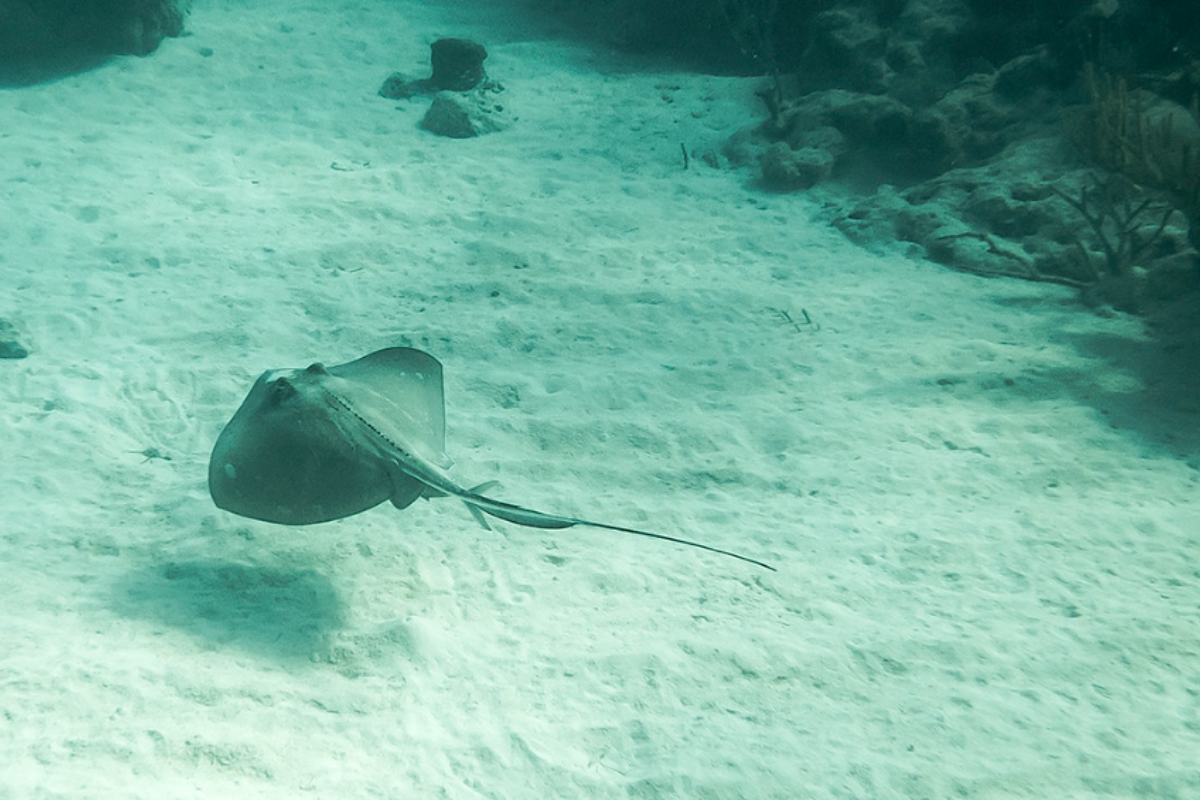
This atoll reef system contains numerous shipwrecks dating from the 16th to the 20th
centuries. The crystal-clear waters provide excellent visibility for exploring these
maritime time capsules.
The surrounding reef ecosystem supports a healthy population of Caribbean marine life.
Cocos Island, Costa Rica
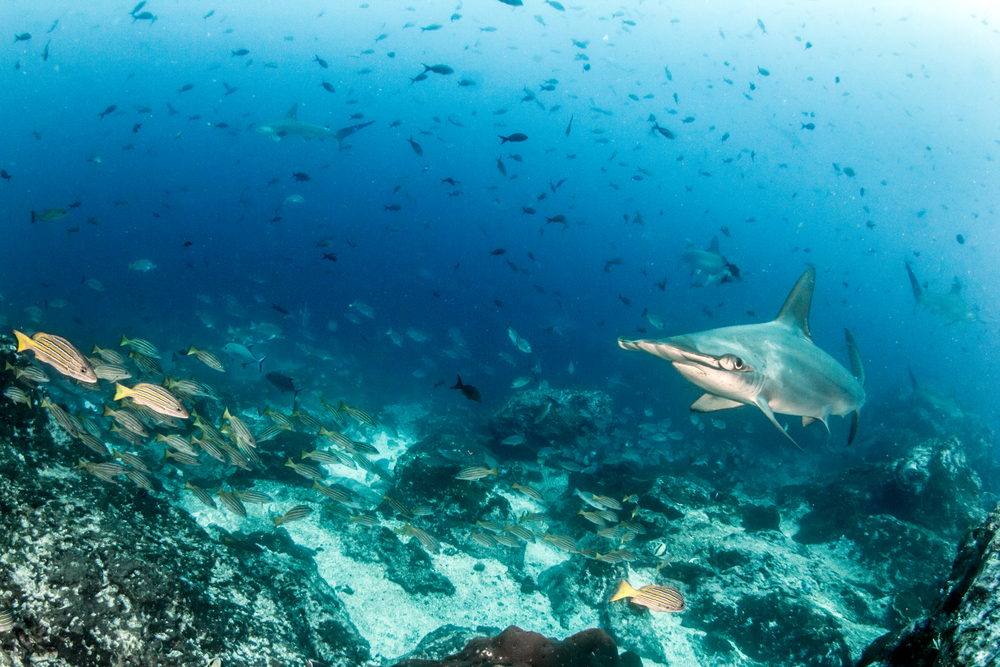
This remote Pacific island attracts large schools of hammerhead sharks and other
pelagic species. The nutrient-rich waters support abundant marine life rarely seen in
such numbers elsewhere.
The challenging conditions and remote location make this a bucket-list destination for serious divers.
Like Travel Pug’s content? Follow us on MSN.
Sipadan Island, Malaysia
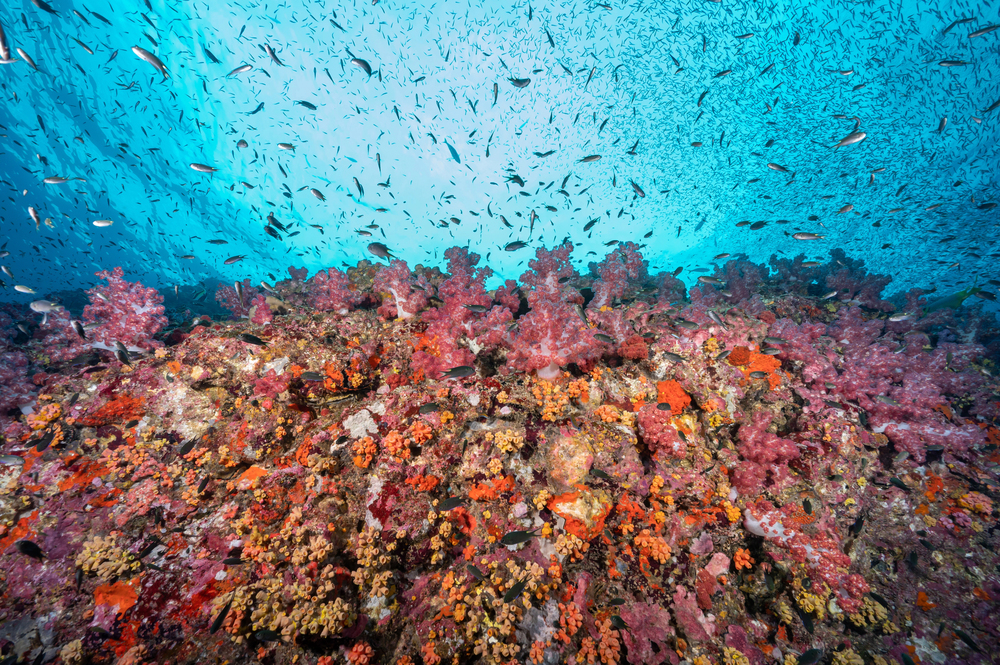
This oceanic island rises 1,969 feet from the seafloor, creating a perfect environment
for marine life. Large schools of barracuda and jackfish form towering tornado-like
formations in the blue water.
The healthy reef system supports a resident population of sea turtles and reef sharks.
Richelieu Rock, Thailand
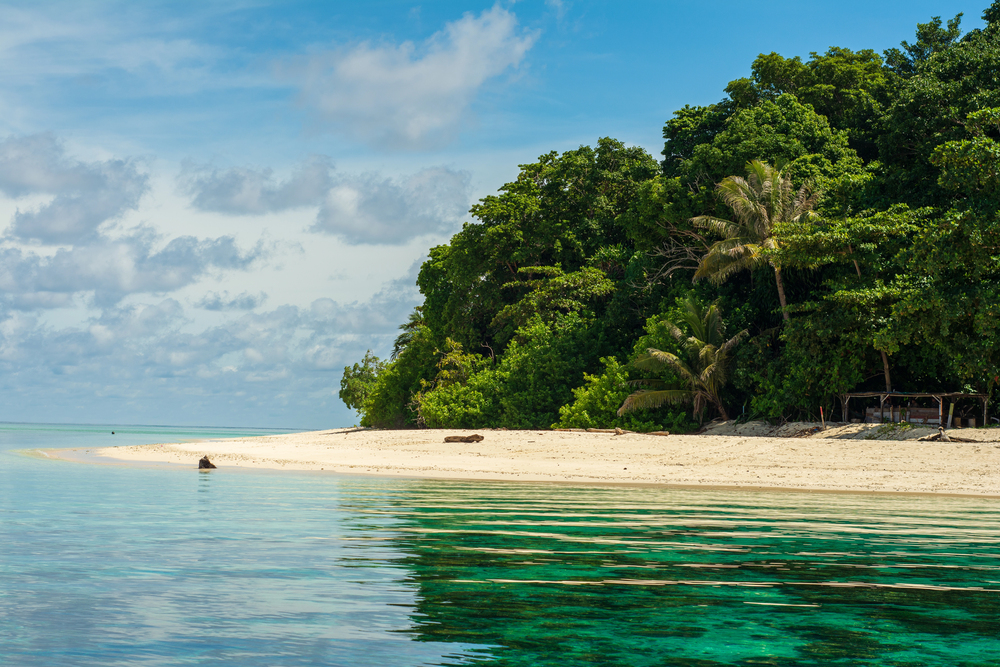
This horseshoe-shaped formation attracts marine life in the Andaman Sea. Whale
sharks frequent the site during the peak season, which runs from February to May.
The site’s signature purple soft corals create a colorful backdrop for underwater
photography.
Navy Pier, Australia
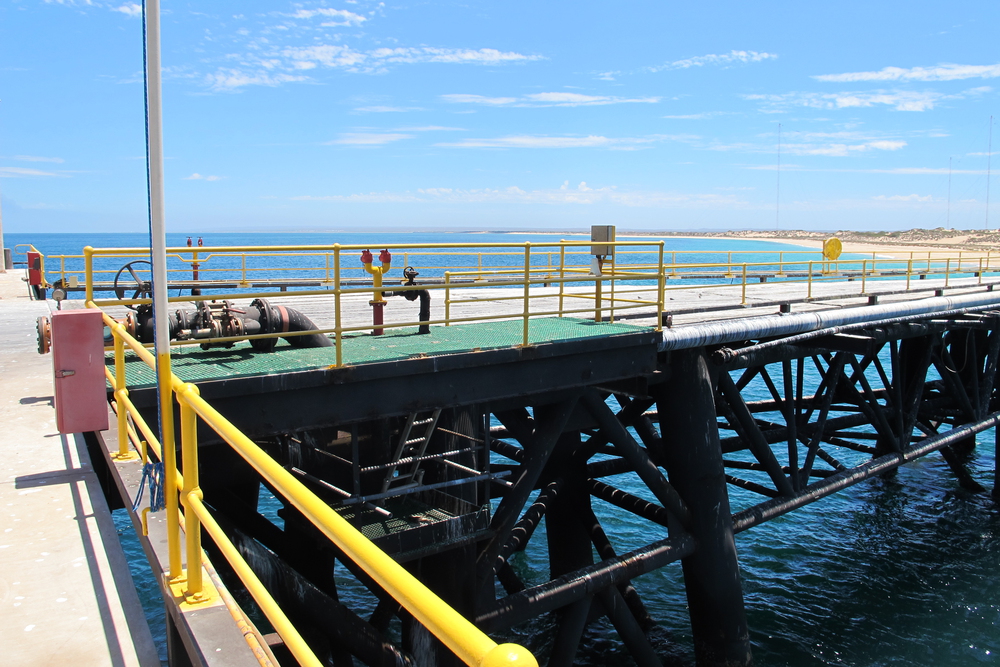
This artificial structure has become one of Australia’s most densely populated marine
habitats. The pier’s pylons support various macro life and numerous wobbegong
sharks.
Night dives reveal a completely different ecosystem as nocturnal creatures emerge from their daytime hiding spots.
Like Travel Pug’s content? Follow us on MSN.
Dive Into Your Next Adventure
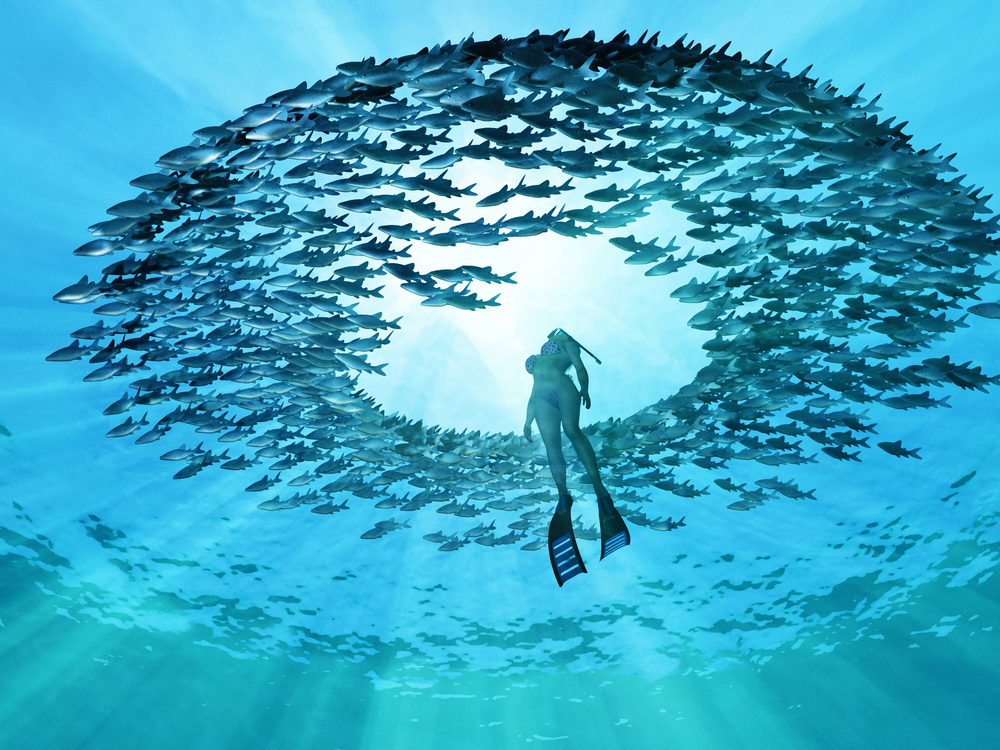
The underwater world offers endless opportunities for exploration and discovery, with
each destination providing unique experiences and challenges. These 20 locations
represent some of the finest diving and snorkeling sites on the planet, but they barely
scratch the surface of what lies beneath the waves.
Remember that responsible diving practices help preserve these natural wonders for
future generations.
More from Travel Pug

- 15 Dangerous European Cities to Avoid
- 15 Caribbean Islands Where Tourists Keep Getting Scammed
- The 20 Most Fascinating Abandoned Places: A Journey Through Time and Forgotten Spaces
- 15 Hidden Places in the Smithsonian Museums Locals Love: A Guide to Lesser-Known Treasures
- 16 Hidden Florida Beach Towns That Aren’t Overrun with Tourists
Like Travel Pug’s content? Follow us on MSN.
